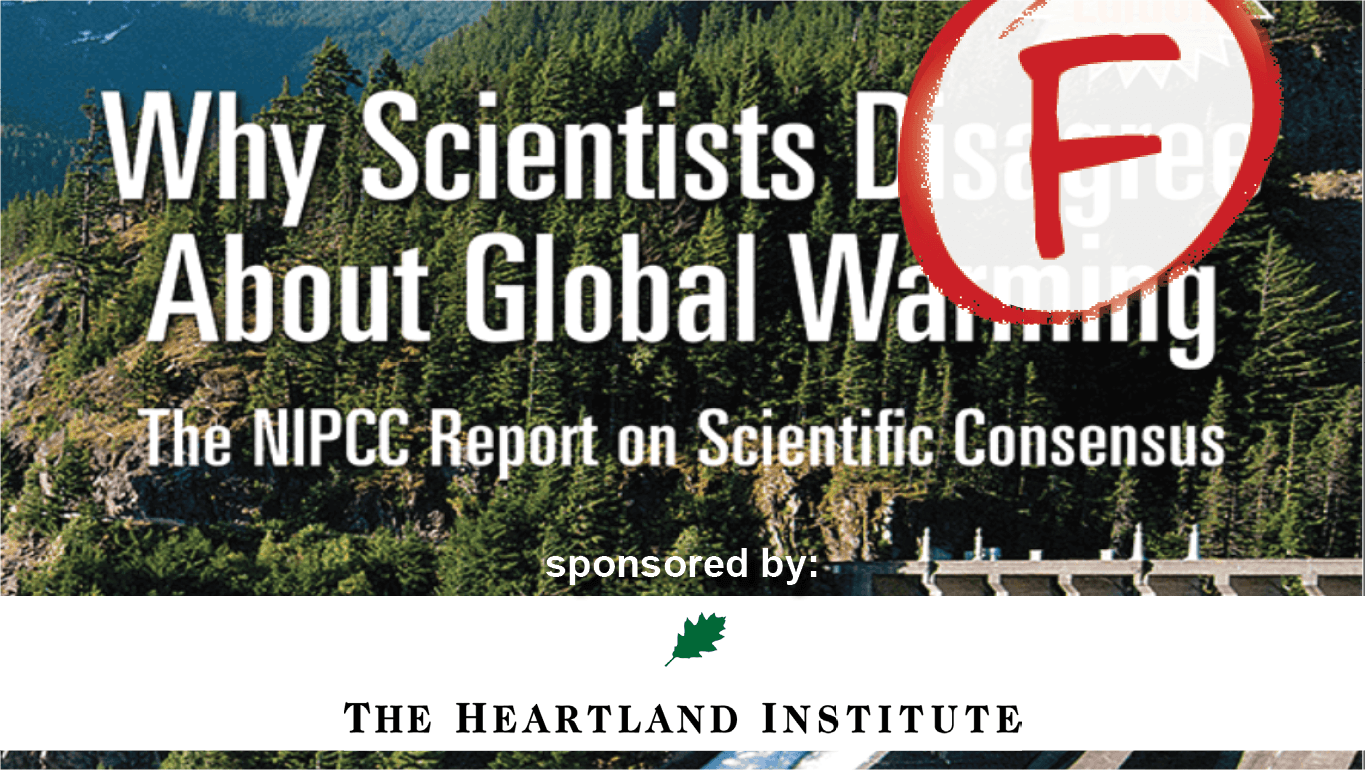
Report Heartland Institute sent to influence US teachers on climate change earns an “F” from scientists
“This document could be used in the classroom to teach students about deliberate misinformation and how to identify it.”
Latest in

“This document could be used in the classroom to teach students about deliberate misinformation and how to identify it.”
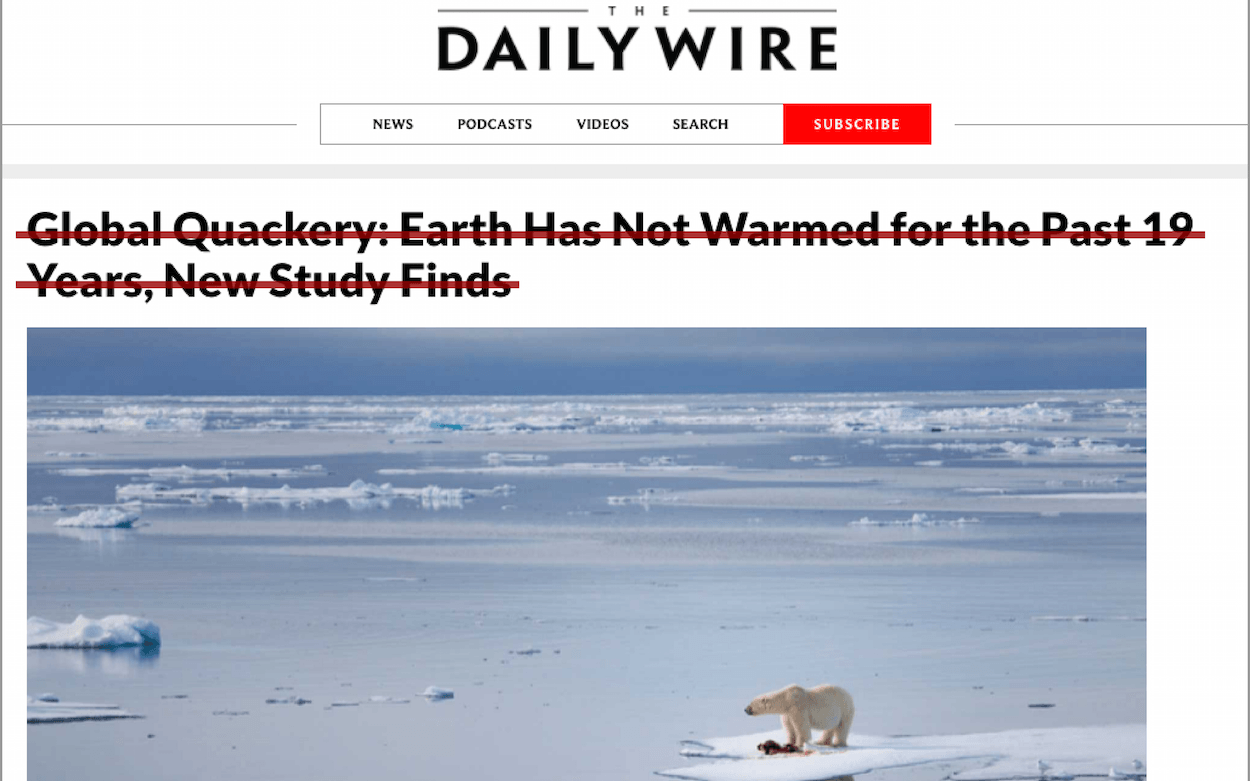
The author has removed two paragraphs and changed the title, but the new version of the article does not contain any mention of the fact that the article has been updated.

the New York Times opinion section itself apparently didn’t realize that the content of Mr. Stephens’ piece did not actually support the message of the push notification that was introducing the article…
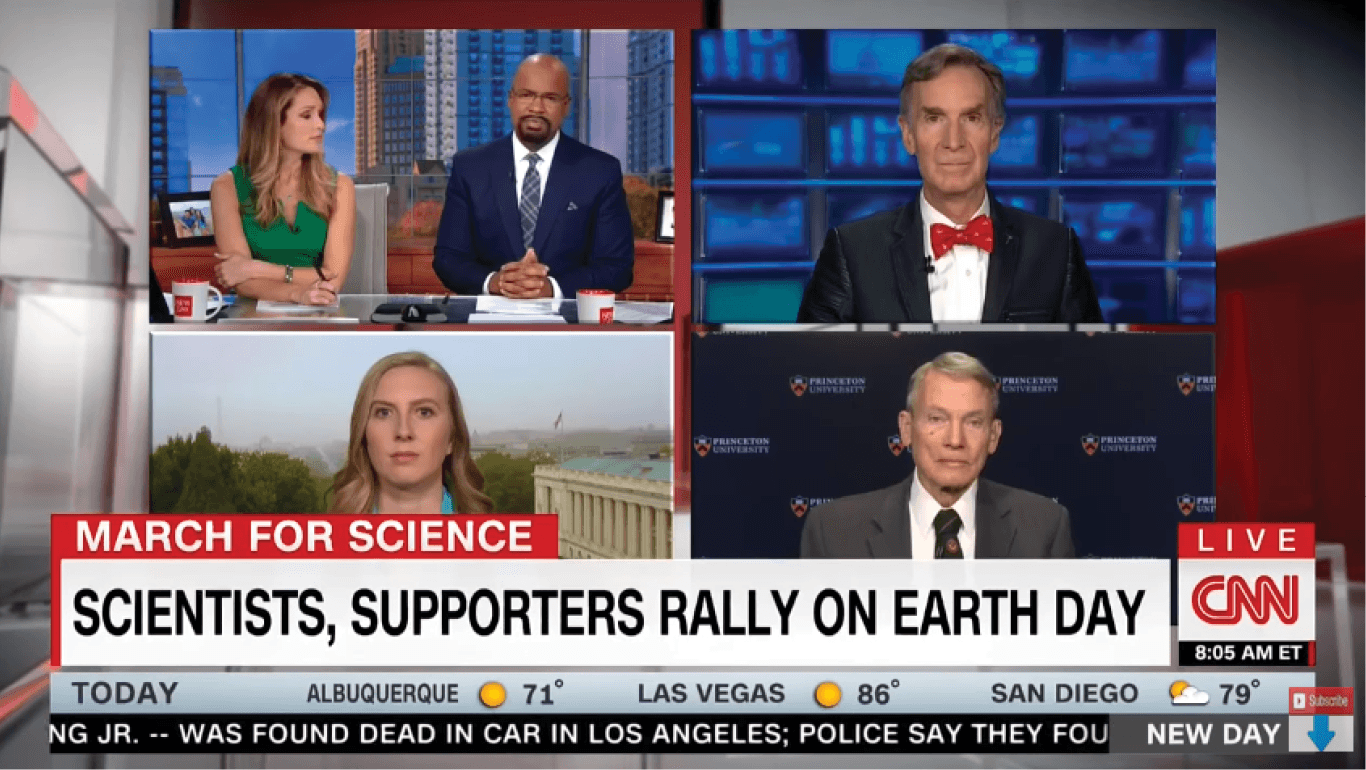
“Dr. Happer’s assertion that models show 2x to 3x greater warming than observations is incorrect. At the surface (where we all live) models predict a rate of warming of 0.2 °C per decade since 1970, while NASA observes warming of around 0.18 °C during the same period.”

Only four witnesses were invited to testify before the committee, which cannot be representative of all the expertise required to understand a field as vast as climate science. So we have asked for additional scientists to weigh in on some noteworthy, scientifically verifiable statements made during the hearing to provide a broader and more representative view of the state of scientific knowledge.

While the most inaccurate statements have been edited, the scientists who reviewed the post indicate that the implication that the study undercuts confidence in the human cause of modern climate change is still misleading. The research being described doesn’t relate to recent climate history. It relates to differences that existed about 90 million years ago in well-known cycles in Earth’s orbit.
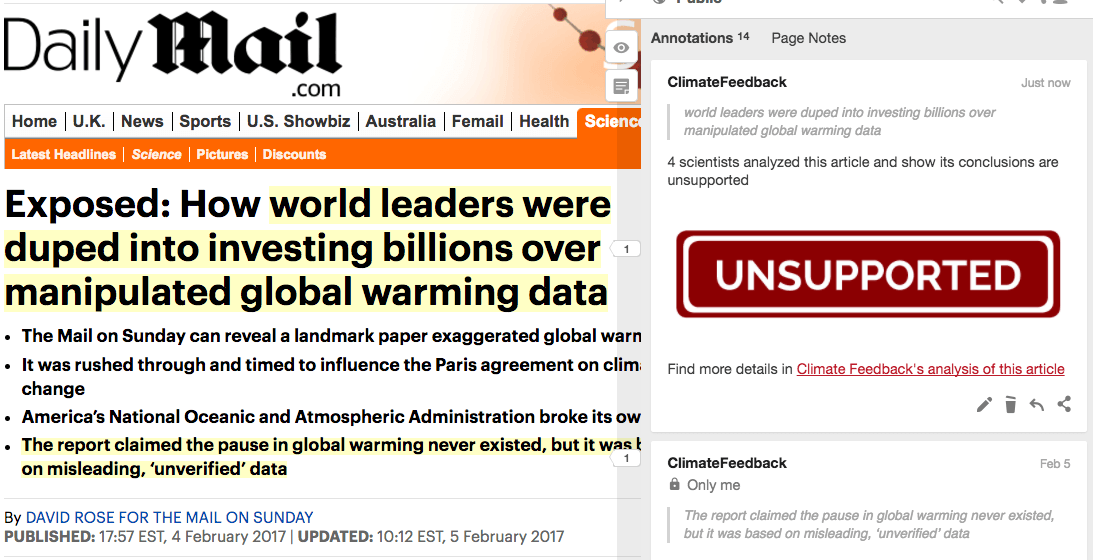
“The “astonishing evidence” that David Rose purports to reveal in no way changes our understanding of modern warming or our best estimates of recent rates of warming. It does not in any way change the evidence that policymakers have at their disposal when deciding how to address the threats posed by climate change.”
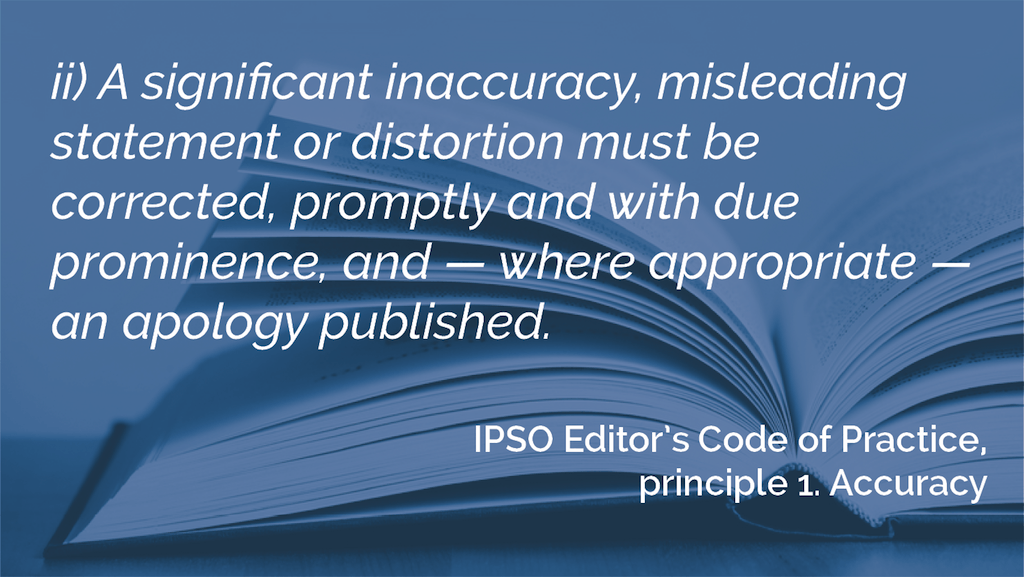
The article contains objectively inaccurate assertions on matters of fact—not opinion—and therefore does not meet the accuracy standards of IPSO’s Editors’ Code. By excusing articles like this one from following its standards, IPSO risks its credibility as an effective guardian of accountability for science journalism.
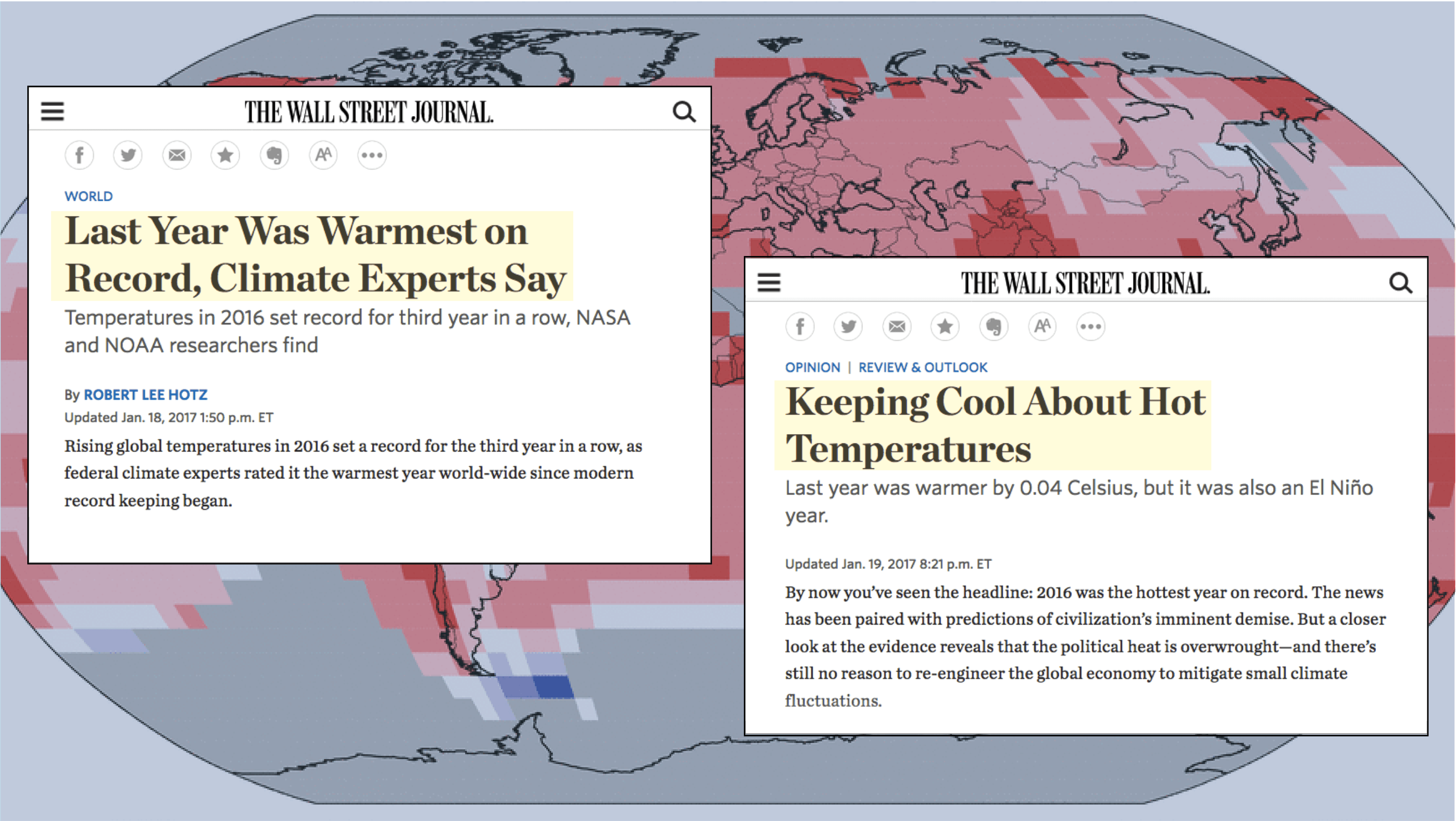
On January 18, NASA and NOAA released the data showing that 2016 was the warmest year on record in both…

“When interviewing scientists, journalists need to make it clear to readers whether the resulting article is based on opinion or science. It is not sufficient to assume that an interview with an individual scientist will result in a science-based article”